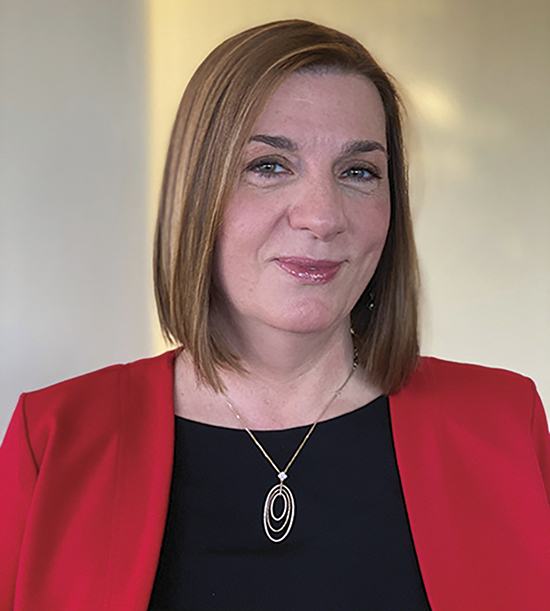
Technology advances in cancer research and treatment have converted an increasing number of cancers to chronic diseases. With the development of new treatment modalities, which are typically used in combination with other therapies, oncology providers must effectively manage an increasing number of anticipated—and unanticipated—side effects. We constantly collaborate with our colleagues, seek help from molecular and traditional tumor boards, create multidisciplinary teams, and use digital tools to learn, communicate, and perform.
Cardio-oncology is a field born of necessity. Cardiotoxicity, once a result of only a few drugs, is a condition that can now result from chemotherapy, radiotherapy, molecular-targeted agents, and immune-modulating agents. Though treatment focuses on eradicating the cancer, many patients develop cardiac disorders, and these can result in high morbidity and mortality.
Although oncologists have some idea of which drugs can cause cardiotoxicities, understanding these types of issues—from arrythmias and cardiomyopathy to heart failure—is complex, and oncologists do not have the know-how to treat these conditions. From the cardiology perspective, oncology is a specialized condition and not every cardiologist has the full understanding of how to best treat these patients. Add to this complexity the fact that uninterrupted anti-cancer treatment is critically important for patient outcomes, and you can see why the interdisciplinary field of cardio-oncology is necessary.
As an oncologist at a community practice, I have historically worked with cardiologists when my patients had heart-related comorbidities or experienced cardiotoxicity. And then a cardio-oncologist came to town.
I was immediately struck by how much he knew about our drugs, the different types of heart issues patients may have, and the tests each condition required. As this cardio-oncologist developed his care team, our providers came to understand that this was more than a service to be used when patients develop problems—it was an integral part of comprehensive cancer care.
Now our providers preemptively ask for help for patients with comorbidities and anytime we use drugs that can lead to unusual or severe side effects or with several drug interactions. Our cardio-oncologist has protocols on what studies should be done and how often they need to be performed. Since the introduction of cardio-oncology in our community and practice, we now diagnose and treat heart conditions before patients even start their anti-cancer treatment. A few patients had preventive treatments prior to the initiation of their chemotherapy regimen to treat conditions that were unknown to them before their cancer diagnosis that may have helped avert serious life-threatening cardiac events.
Cardio-oncology also became a part of our survivorship program. Patients with underlying heart issues or cardiac conditions caused by anti-cancer treatments are followed by the cardi-oncology team during their cancer journey. Many times, patients are asked to change their lifestyle based on discussions with their survivorship and cardio-oncology teams. With more people surviving their cancers, we are treating their comorbidities, especially heart-related issues, not just with drugs but with rehabilitation and by resolving issues with smoking, sedentary lifestyle, alcohol consumption, poor diet, and obesity.
The field of oncology continues to evolve, and we will likely see other specialties join the cancer care team. To learn more about this interdisciplinary specialty, I encourage you to read “Best Processes for Developing a Successful Cardio-Oncology Program in a Community Hospital” on page 36.

